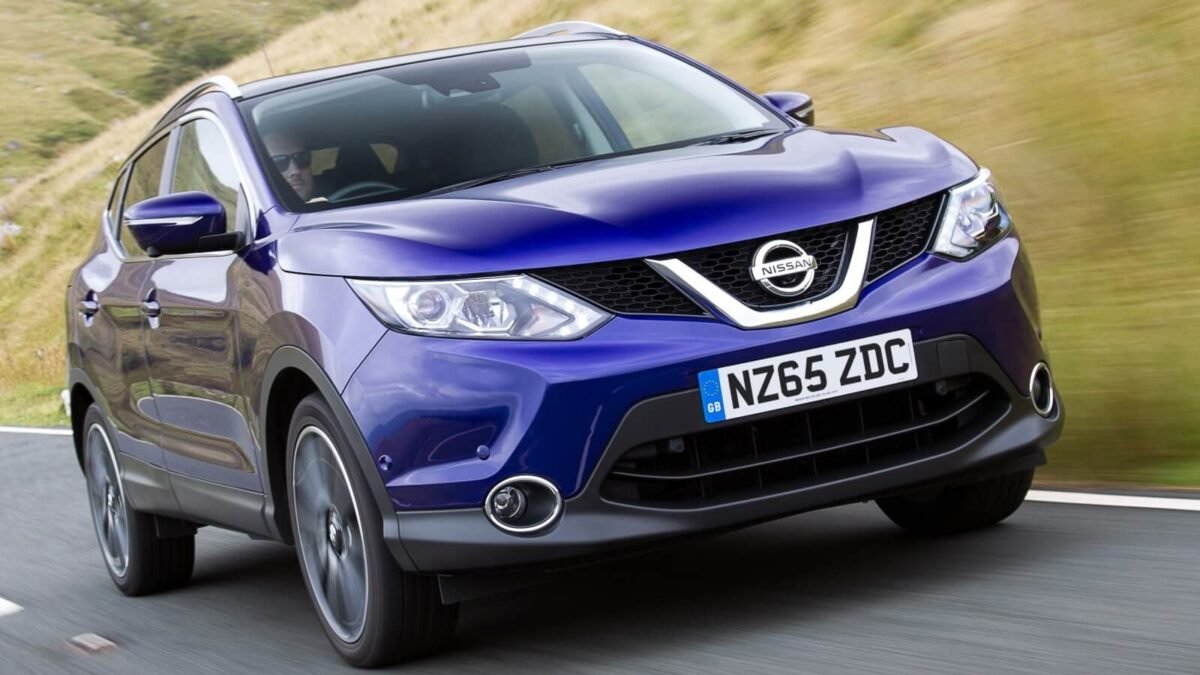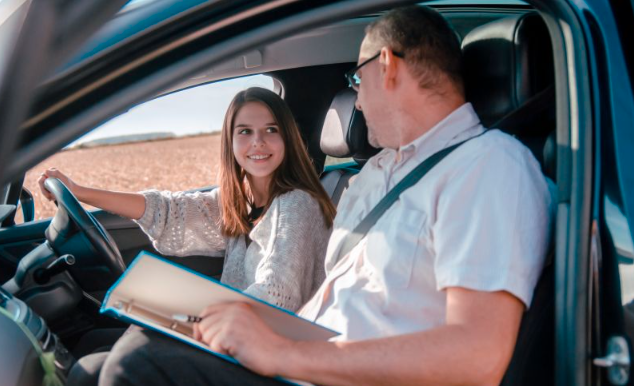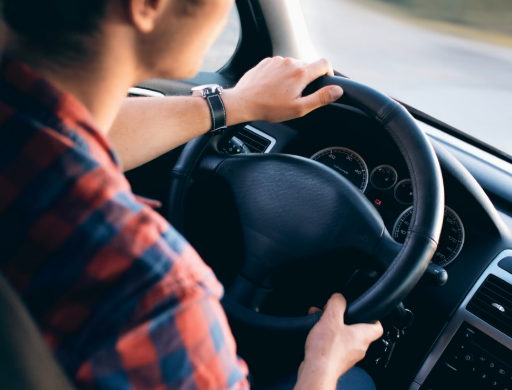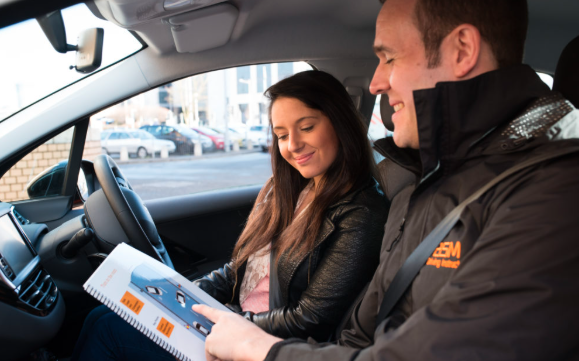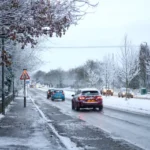
December Driving Law Changes UK – What You Need
March 3, 2025
First Time Drink Driving Offence in the UK: Consequences Of 2025
March 3, 2025Travelling to the UK by car is one of the best ways to explore the country’s rich history, diverse landscapes, and vibrant cities. Whether driving through the scenic countryside of Scotland, the charming villages of the Cotswolds, or the bustling streets of London, a road trip across the UK offers freedom and flexibility that other modes of transport cannot match.
This guide provides a detailed breakdown of everything you need to know when travelling the UK by car, from driving rules and road safety tips to must-visit destinations and route planning.
Planning Your Trip UK by car
Selecting the right car depends on the type of trip you’re planning. Consider the following factors:
- Size & Comfort: Small cars are ideal for UK driving and narrow country roads, while larger vehicles provide extra comfort for long journeys.
- Fuel Efficiency: Opting for fuel-efficient cars can help reduce travel costs. Diesel and electric vehicles (EVs) are popular choices.
- Transmission Type: Most cars in the UK have manual transmissions. If you prefer automatic, check availability when booking a rental.
Car Rental Requirements
If you’re renting a car, be aware of the following conditions:
- Driver’s License: Most foreign licenses are valid for up to 12 months. However, depending on your country of origin, an International Driving Permit (IDP) may be required.
- Minimum Age Requirement: Most car rental companies require drivers to be at least 21 years old and have at least one year of driving experience.
- Insurance Coverage: A collision damage waiver (CDW) and theft protection insurance are advisable to avoid unexpected costs.
Mapping Your Route
Planning your route helps make your trip more enjoyable. Consider:
- Major Motorways: The M1, M6, and M25 are key roads that connect major UK cities.
- Scenic Routes: The North Coast 500 (Scotland) and Atlantic Highway (Southwest England) offer breathtaking views.
- Rest Stops: Service stations on motorways provide food, fuel, and rest areas.
Understanding UK Driving Regulations
Driving on the Left
In the UK, drivers must keep left. If you’re from a country where driving is on the right, allow yourself time to adjust.
Speed Limits
Speed limits vary depending on the type of road:
| Road Type | Speed Limit |
|---|---|
| Motorways & Dual Carriageways | 70 mph (112 km/h) |
| Single Carriageways | 60 mph (96 km/h) |
| Built-Up Areas | 30 mph (48 km/h) |
| Residential Areas | 20 mph (32 km/h) |
Speed cameras are widely used, and fines for speeding can be expensive. Always check road signs for specific limits.
Seat Belts & Child Safety
- Seat belts are mandatory for all passengers.
- Children under 12 years or 135 cm tall must use an appropriate car seat.
Mobile Phone Use
In the UK, using a handheld mobile phone while driving is illegal. Hands-free devices are allowed, but any distraction can still result in fines.
Drink-Driving Limits
The UK has strict drink-driving laws:
- England, Wales, and Northern Ireland: 80 mg of alcohol per 100 ml of blood.
- Scotland: 50 mg of alcohol per 100 ml of blood (stricter than the rest of the UK).
It’s safest to avoid alcohol altogether when driving.
Parking Rules
- Yellow Lines: Single yellow lines indicate parking restrictions during specific times. Double yellow lines mean no parking at any time.
- Pay & Display: Many city areas require pay-and-display tickets for parking.
- Congestion Charges: In cities like London, Birmingham, and Bristol, drivers must pay congestion charges.
Must-Visit Destinations by Car
London
The capital city has historical landmarks, museums, and cultural experiences. Driving in London can be challenging due to traffic and congestion charges, so consider park-and-ride options.
Top Attractions:
- Buckingham Palace
- Tower of London
- Big Ben & Houses of Parliament
- British Museum
The Cotswolds
It is one of the most scenic countryside areas, with charming villages and rolling hills. It is ideal for those who love quiet, picturesque locations.
Best Villages to Visit:
- Bourton-on-the-Water
- Stow-on-the-Wold
- Castle Combe
Lake District
A UNESCO World Heritage Site, perfect for nature lovers and outdoor enthusiasts.
Highlights:
- Lake Windermere
- Scafell Pike (highest peak in England)
- Keswick & Ambleside
Scotland’s North Coast 500
Known as “Scotland’s Route 66”, this 516-mile coastal drive takes you through some of the most dramatic landscapes in the UK.
Must-See Stops:
- Inverness
- Duncansby Stacks
- Applecross Pass
Wales – Snowdonia National Park
A paradise for hikers and adventure seekers with mountains, lakes, and historic castles.
Road Safety Tips for Driving in the UK
- Be Aware of Narrow Roads: Some rural roads in the UK are single-track roads with passing places.
- Watch Out for Wildlife: In Scotland, deer often cross roads, especially in remote areas.
- Use GPS and Road Maps: Mobile signals can be weak in countryside areas, so a backup map is helpful.
- Follow Fuel Stations: In rural areas, petrol stations are less frequent, so monitor your fuel level.
Conclusion
Driving the UK by car offers incredible flexibility to explore historic cities, scenic countryside, and hidden gems. Whether renting a car for a short or long road trip, understanding UK driving laws, speed limits, and safety tips ensures a smooth and enjoyable journey.
Every part of the UK offers something unique for car travellers, from the Cotswolds’ quaint villages to Scotland’s rugged highlands.
FAQs
Can I drive in the UK with a foreign license?
Yes, most visitors can drive with a foreign license for up to 12 months. Some countries require an International Driving Permit (IDP), so check before travelling.
Do I need to pay congestion charges in the UK?
Yes, London, Birmingham, and Bristol have congestion charge zones where drivers must pay a daily fee to enter certain areas.
Is driving in the UK difficult for foreigners?
It may take some adjustment, especially if you’re used to driving on the right-hand side. Take time to practice before moving to busy areas.
Are there toll roads in the UK?
Certain roads and bridges, such as the M6 Toll and Dartford Crossing, require toll payments.
What should I do in case of a breakdown?
Pull over safely if your car breaks down and call roadside assistance services like the AA or RAC.
Can I drive an electric car across the UK?
Yes, the UK has an extensive EV charging network, but planning ahead is best, especially in rural areas.
What are the best apps for navigation in the UK?
Google Maps, Waze, and the AA Road watch app are helpful for real-time traffic updates and route planning.
What is the best time to drive in the UK?
Avoid peak hours (7 AM – 9 AM & 4 PM – 7 PM) in cities like London and Manchester to prevent traffic delays.
How Can We Help You?
At Astra Driving School, we provide expert driving lessons and tips for navigating UK roads with confidence. Whether you’re learning to drive or need a refresher, we’re here to help!

